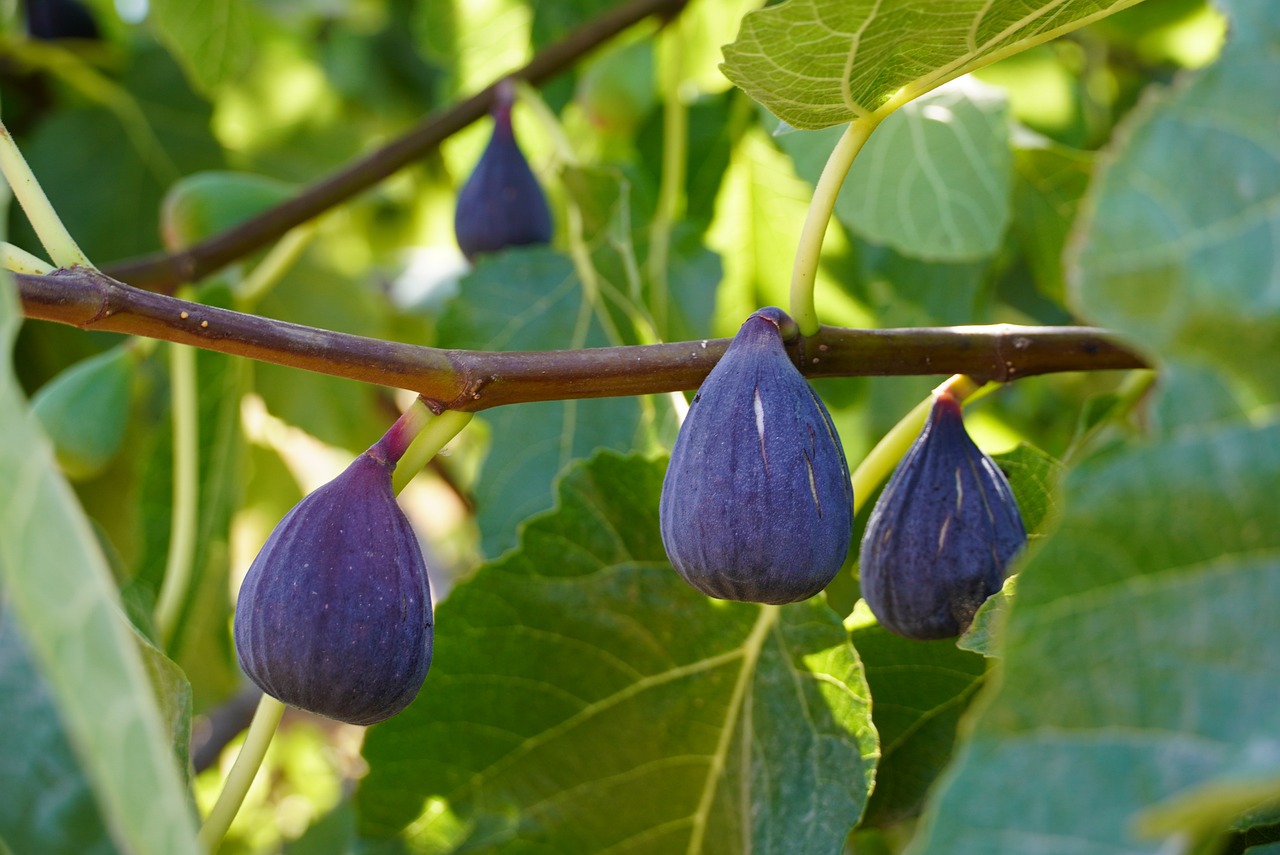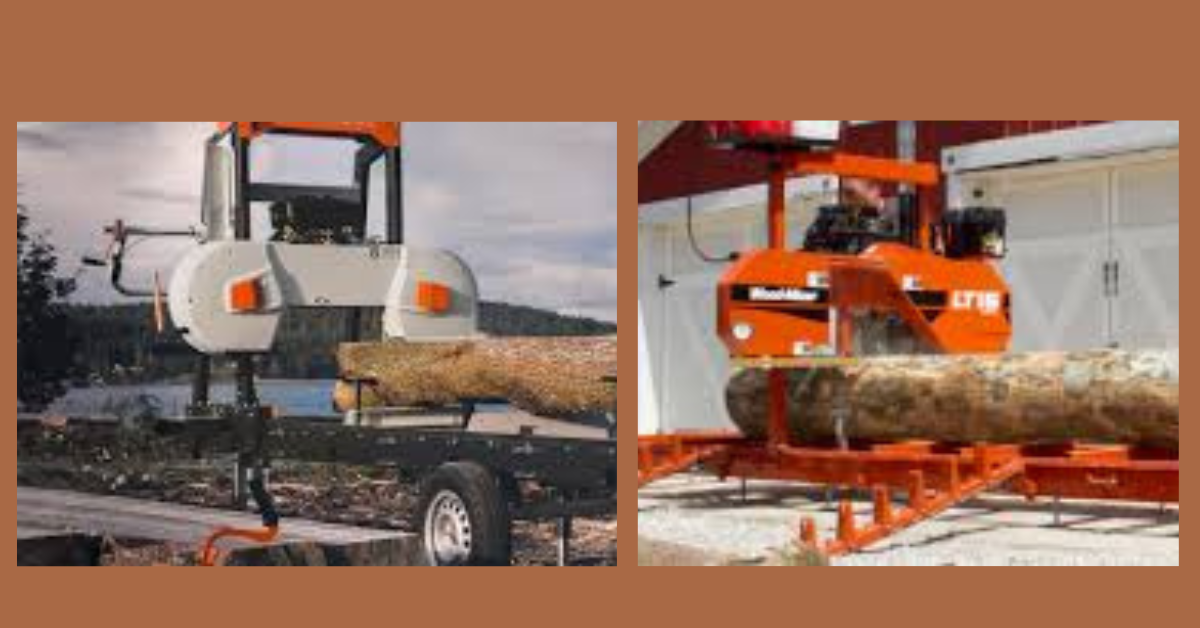Fig Tree: Types, Growing Conditions, Planting, Caring, Nutritional Benefits

Introduction to Fig Trees
Fig trees, known botanically as Ficus carica, are one of the oldest cultivated fruit trees in the world. They are beloved for their sweet and nutritious fruit, as well as their attractive appearance. Figs are versatile and can be grown in various climates, making them a popular choice for gardeners and farmers alike.
Types of Fig Trees
There are several types of fig trees, each with unique characteristics:
- Common Fig (Ficus carica): This is the most widely cultivated species, known for its adaptability and ease of growth. It does not require pollination to produce fruit.
- Smyrna Fig: This variety requires pollination by a specific type of wasp, known as the fig wasp, to produce fruit. The Smyrna fig is known for its large, flavorful fruit.
- San Pedro Fig: This type produces two crops per year, with the first crop (the breba crop) developing without pollination and the second requiring pollination.
- Caprifig: These figs are primarily used for pollinating other fig trees and are not typically consumed.
Fig Tree Growing Conditions
Fig trees thrive in warm, sunny environments. They prefer:
- Climate: Mediterranean climates with hot, dry summers and mild winters are ideal. However, some varieties can tolerate colder temperatures.
- Soil: Well-drained soil is crucial for fig trees. hey thrive best in slightly acidic to neutral pH levels, ranging from 6.0 to 7.0.
- Sunlight: Full sun exposure (at least 6-8 hours of direct sunlight per day) is essential for optimal fruit production.
- Watering: Fig trees need regular watering, especially during the growing season. However, they cannot endure waterlogged soil.
Planting Fig Trees
Planting fig trees is straightforward, but it requires careful planning:
- Choosing a Location: Select a spot that receives full sun and has well-drained soil.
- Planting Time: The best time to plant fig trees is in late winter or early spring while they are still dormant.
- Spacing: Space fig trees at least 15-20 feet apart to allow for proper air circulation and growth.
- Planting Depth: Dig a hole that is slightly deeper and wider than the root ball. Position the tree in the hole, making sure the roots are well spread out. Backfill with soil and water thoroughly
Caring for Fig Trees
Proper care is essential for healthy fig trees:
- Pruning: Prune fig trees in late winter to remove dead or diseased wood and to shape the tree. Regular pruning helps maintain size and encourages fruit production.
- Fertilizing: Fig trees typically do not need a lot of fertilization. However, if growth is slow or the leaves are pale, a balanced fertilizer can be applied in early spring.
- Mulching: Spread a layer of mulch around the base of the tree to retain moisture and suppress weeds.
- Winter Protection: In colder climates, protect fig trees from frost by wrapping them in burlap or using a tree cover.
Nutritional Benefits of Figs
- Vitamins: Figs are a good source of vitamins A, C, K, and several B vitamins.
- Minerals: They contain essential minerals such as potassium, magnesium, calcium, and iron.
- Fiber: Figs are high in dietary fiber, which supports digestive health.
- Antioxidants: Figs contain antioxidants that help protect the body from oxidative stress.
FAQs
Q1: How long does it take for a fig tree to bear fruit?
A1: Fig trees typically begin to bear fruit in 2 to 3 years, although it can take up to 5 years for some varieties.
Q2: Can fig trees grow in pots?
A2: Yes, fig trees can be grown in pots.
Q3: Do fig trees lose their leaves in winter?
A3: Yes, fig trees are deciduous and will lose their leaves in winter. This is a natural part of their growth cycle.
Q4: How do I propagate a fig tree?
A4: Fig trees can be propagated through cuttings. Take a cutting from a healthy tree in late winter, plant it in a well-drained potting mix, and keep it moist until roots develop.





